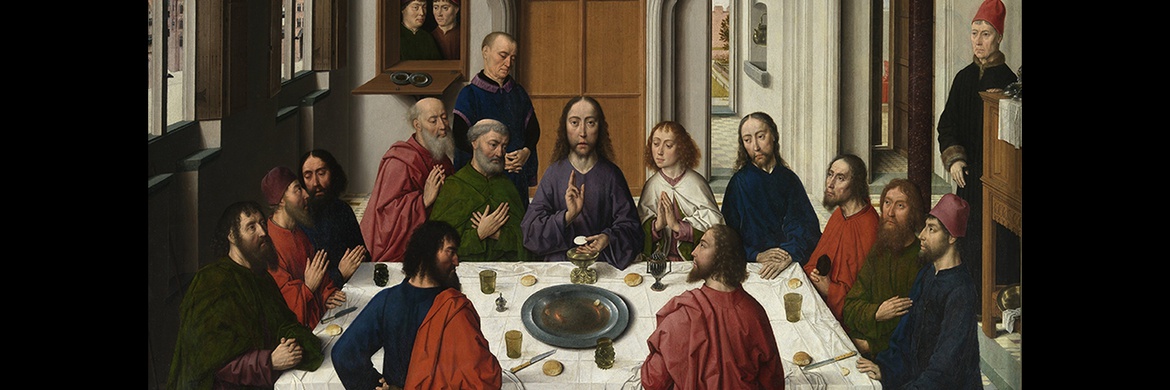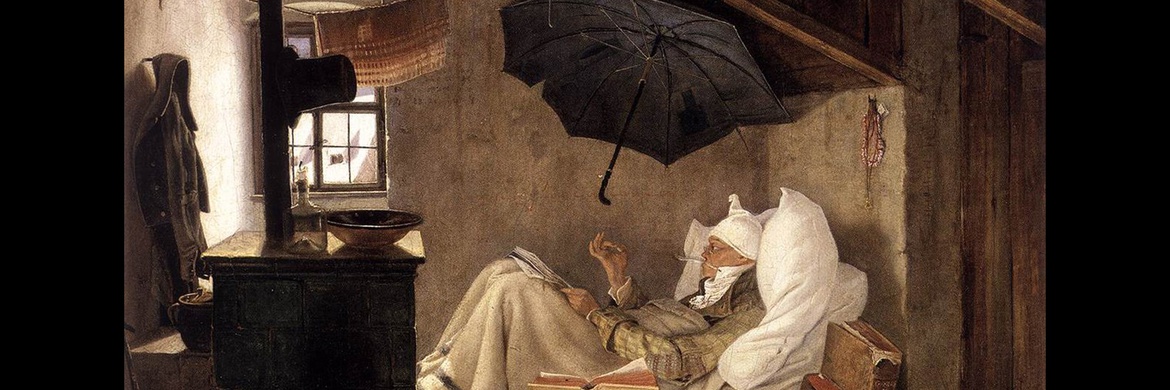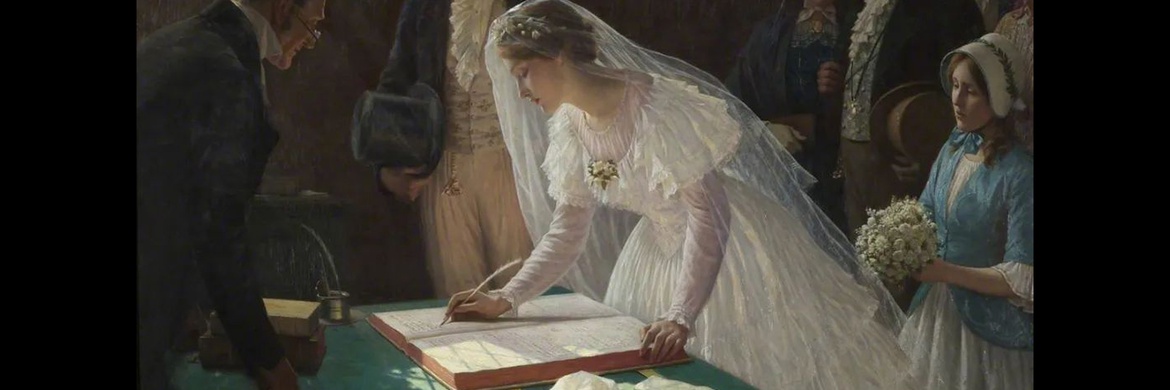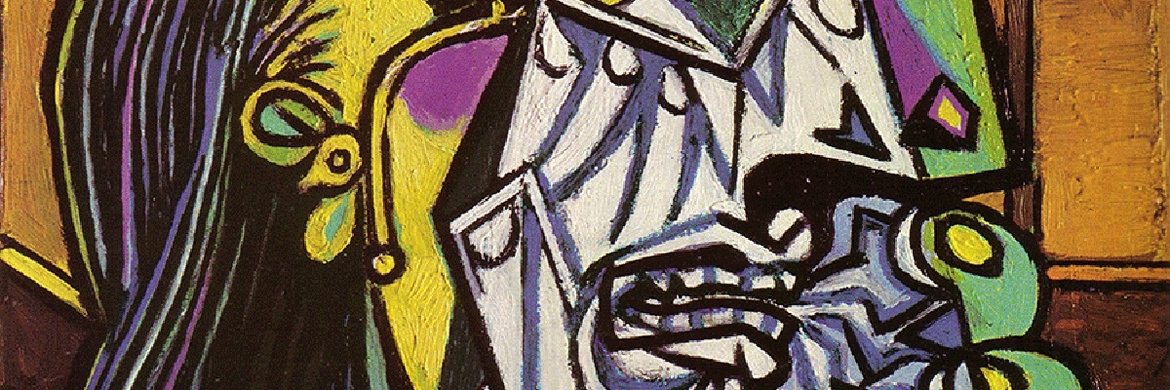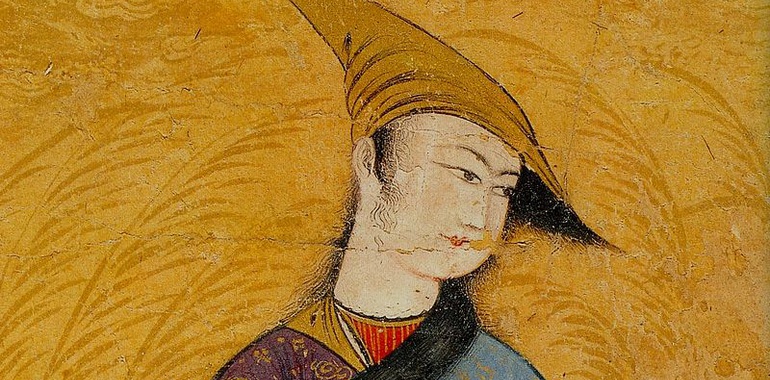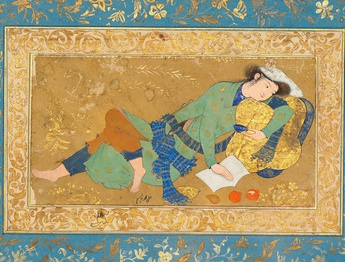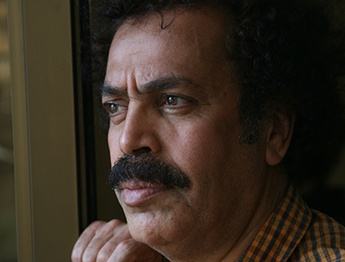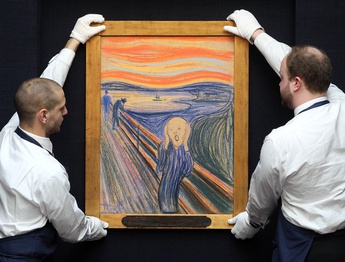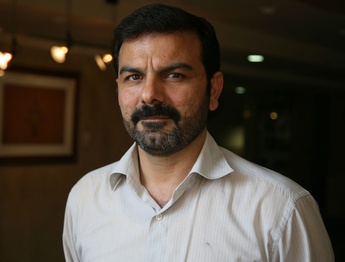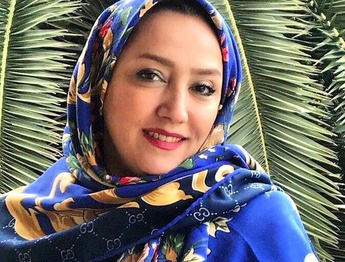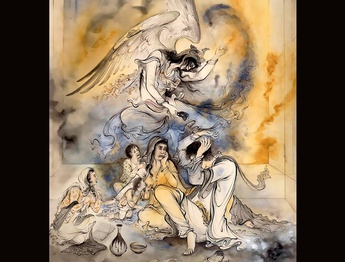"Mohammad Yusuf" is one of the painters of Isfahan, in the tenth century SH, coincides with the Safavid period. As one of the painters of Isfahan school, he was a student and follower of "Reza Abbasi" style. His works include book layouts and one-page paintings. At the time of the seventeenth century, these two disciplines were very popular. Muhammad Yusuf worked during the reigns of Shah Safi and Shah Abbas II.
Mohammad Yusuf and other artists such as "Mohammad Qasim" and "Mohammad Ali Negargar" are among the students and followers of Reza Abbasi's style, and perhaps the last painters of the Isfahan School of Painting. In the designs of these three, many similarities can be found that have created pleasant images influenced by the master's style.
The subject of the works of these three people are generally men and women standing or sitting, dervishes, animals and birds. Most of Mohammad Yusuf's works are dated between 1047 and 1068 AH. But it seems that Mohammad Yusuf was one of Reza Abbasi's direct students who learned directly from the teacher himself.
As one of the painters of Isfahan school, he was a student and follower of Reza Abbasi style. His works include book layouts and one-page paintings (which were very popular in Iran in the 17th century). He worked during the reign of two Safavid kings, Shah Safi (1629-42 AD) and Shah Abbas II (1642-66 AD). The largest collection that Mohammad Yousef has been involved in painting is a copy of the Shahnameh, which was illustrated in collaboration with Mohammad Qasim and is now preserved in the Astan Quds Museum in Mashhad. Muhammad Yusuf probably died around 1042 SH. He and Mohammad Qasim seem to have been close collaborators, as most of the surviving collections mention the two together. In Hafez's Divan with 55 paintings that were painted during the reign of Shah Safi I (Tapgapi-Istanbul), one of the paintings is dated 1050 AH or 1640 AD, signed by Mohammad Yousef and the other by Mohammad Ali. Also in the Shahnameh of Qarajaghay Khan, which contains 148 or 149 drawings, except for the first two miniatures, which were painted by King Hossein Isfahani, other images have been attributed to Mohammad Qasim and Mohammad Yusuf by the copyists, among which the painting of the ceremony of trapping Afrasiab and Borzoo is clearly signed by Mohammad Yusuf. The miniatures of this Shahnameh are very similar to the miniatures of the Shahnameh of Rashida, and therefore it has been suggested that these manuscripts have been prepared by the same painters. In Reza Abbasi Museum, there are three paintings by Mohammad Yousef, which have been made in the style of Rashida Shahnameh. This Shahnameh of Management is kept in Golestan Palace Museum No. 2239 and also flower and chicken drawings attributed to him are kept in Golestan Palace. Sechukban has collected or attributed nineteen paintings with the figure of this artist, later these paintings reached 490 to 555 paintings.
